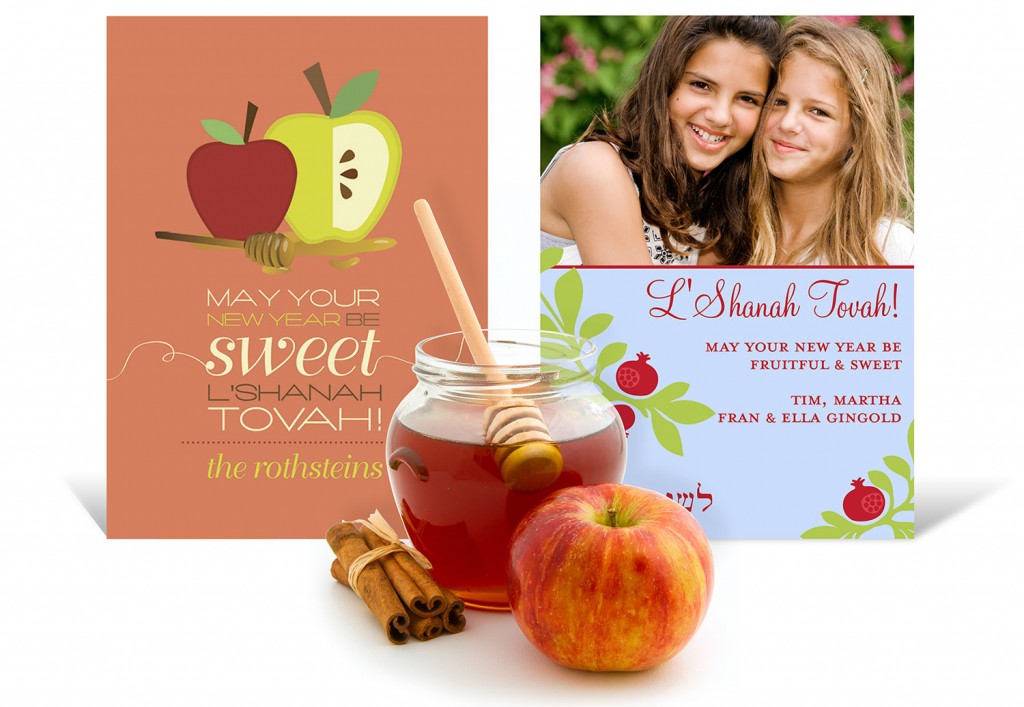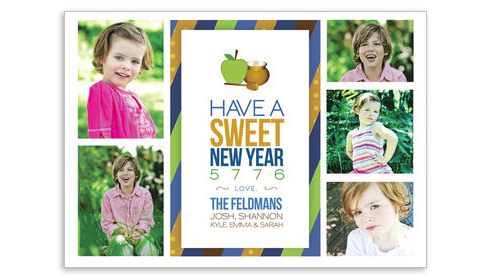Jewish New Year Celebration
 This is the time of year when many who celebrate the Jewish New Year begin to think about the upcoming high holidays, which include Rosh Hashanah and Yom Kippur, and are considered the two holiest days of the year. Rosh Hashanah, a two day holiday, is both a solemn and happy occasion. This is a beautiful time of year, perfect for family celebrations, prayer, new beginnings and an opportunity to let friends and family know how much you care. Rosh Hashanah this year begins at sundown Sunday, September 13, 2015 and the high holiday period ends on Wednesday, September 23rd with Yom Kippur, a day to pray, repent and, according to Jewish tradition, it is also the day when God decides the fate of each human being for the year ahead.
This is the time of year when many who celebrate the Jewish New Year begin to think about the upcoming high holidays, which include Rosh Hashanah and Yom Kippur, and are considered the two holiest days of the year. Rosh Hashanah, a two day holiday, is both a solemn and happy occasion. This is a beautiful time of year, perfect for family celebrations, prayer, new beginnings and an opportunity to let friends and family know how much you care. Rosh Hashanah this year begins at sundown Sunday, September 13, 2015 and the high holiday period ends on Wednesday, September 23rd with Yom Kippur, a day to pray, repent and, according to Jewish tradition, it is also the day when God decides the fate of each human being for the year ahead.
 Many send personalized Jewish New Year Cards during this time to their family and friends. There are many sentiments you can put on your personalized holiday cards including “L’shanah Tovah” which is the traditional greeting that means “A Good Year”. Also it’s customary to say “L’shanah Tovah Tikatevu” which means “May you be inscribed for a good year”. This year we approach the new Jewish year of 5776. Sending Jewish New Year greeting cards is a lovely way to start off the year. By doing so, you are wishing those close to you and those you care about a healthy and happy new year filled with joys and love.
Many send personalized Jewish New Year Cards during this time to their family and friends. There are many sentiments you can put on your personalized holiday cards including “L’shanah Tovah” which is the traditional greeting that means “A Good Year”. Also it’s customary to say “L’shanah Tovah Tikatevu” which means “May you be inscribed for a good year”. This year we approach the new Jewish year of 5776. Sending Jewish New Year greeting cards is a lovely way to start off the year. By doing so, you are wishing those close to you and those you care about a healthy and happy new year filled with joys and love.
Many people go to temple on Rosh Hashanah and afterward enjoy a “seder” (holiday meal) with those close to them. Traditional seders usually include dipping apples into honey in the hopes of a sweet year along with other wonderful and symbolic foods. Typically, delicious round challah bread, sometimes with raisins in it, is served, to symbolize the cycle of the year. And other delights may include roast chicken, brisket, and yummy honey cake along with other sweet desserts.
 The high holiday period ends with the Yom Kippur at a break-fast dinner. Since most people are in temple most of the day and typically fast (no eating) that day, the dinner meal is traditionally called break-fast (breaking the fast) and features a lighter, dairy menu often including fish such as lox and bagels, eggs in dishes like blintz souffle and noodle kugel, along with sweet desserts.
The high holiday period ends with the Yom Kippur at a break-fast dinner. Since most people are in temple most of the day and typically fast (no eating) that day, the dinner meal is traditionally called break-fast (breaking the fast) and features a lighter, dairy menu often including fish such as lox and bagels, eggs in dishes like blintz souffle and noodle kugel, along with sweet desserts.
If you celebrate the holiday, we wish you a L’shanah Tovah and all the blessings of a sweet and happy year ahead.
Best wishes,
Renee
